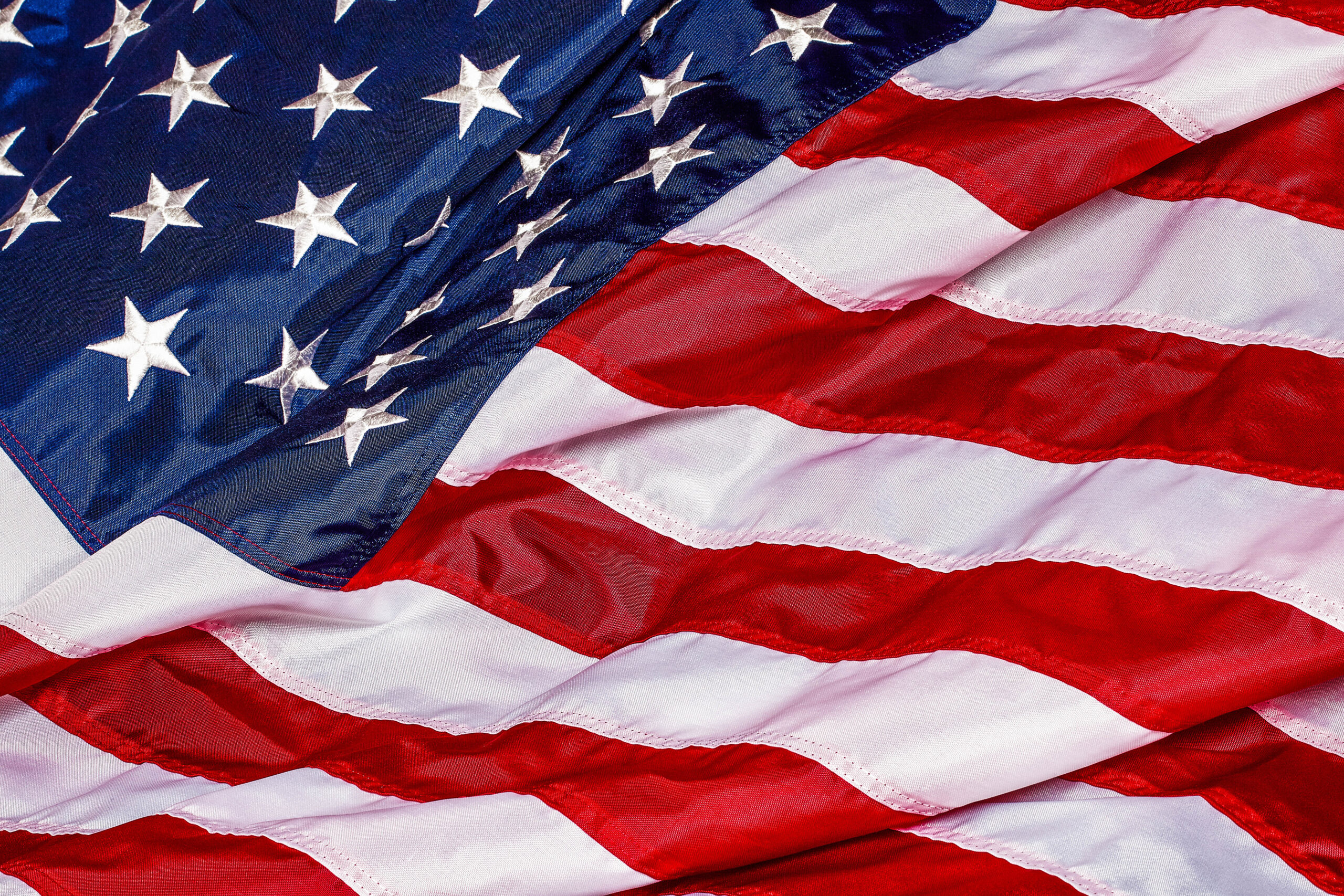On June 5, 1944, coded radio messages were broadcast into Europe alerting the underground that what was long anticipated and anxiously awaited was about to begin: Operation Overlord, the Allied invasion of Europe. The radio messages triggered the civilian underground units to perform certain covert activities in advance of the landings.
As dawn broke on June 6, 1944, a great armada had crossed the English Channel to challenge Hitler’s Atlantic Wall. Paratroopers and gliders of the 82nd and 101st Airborne divisions, which woke up German soldiers further inland, preceded the ships.
To say “all hell broke loose” would be an understatement. A naval and aerial bombardment softened up the French coast for the landing of 160,000 U.S., British, Canadian, free French, free Polish and other Allied forces. Once a beachhead was established, a never-ending supply of men and materials kept arriving. There was no way the Germans were going to push us off this beach.
As with any battle or invasion, whether the winner or loser, the cost is high. We only have to look at the American cemeteries in France to realize the high cost that was paid to rid the world of evil.
The bloody Battle of Okinawa ended in an American victory on June 22, 1945. The war in both Europe and the Pacific was entering its final phase – we were on the doorstep of both Germany and Japan. I’ll bet that the war mongering Axis powers never thought that within four years we would be coming to play hardball in their backyard.
As chaotic as war is, post-war peace can be more chaotic. A Cold War had engulfed the Soviet Union and the United States at the end of World War II. Out of necessity, the two nations had become Allies to defeat Nazi Germany. Now in the post-war, the different ideologies emerged.
The Soviet Union occupied all the countries they had liberated from German occupation and installed governments under Kremlin control. The U.S. only occupied countries until they were stable and could determine their own form of government; Germany was a perfect example.
Germany had been divided into East and West Germany. Berlin was in East Germany and the city was divided into sectors. The U.S., the U.K. and France had the west sectors and U.S.S.R. had the east sector. In an effort to embarrass the western allies and to seek political control over the western citizenry, the Soviets decided to block all land access to Berlin. The blockade started on June 26, 1948, and would last until Sept. 30, 1949.
The U.S. and six Allies initiated the Berlin Airlift which would deliver 9,000 tons per day of food, fuel and other supplies to the beleaguered city. Over 200,000 flights per year in all kinds of weather embarrassed the Soviets, didn’t starve Berlin or get the political effects they desired, thus causing them to officially end the blockade on Sept. 30, 1949.
It would also seem ironic that almost five years to the day after the victory at Okinawa, we would become involved in another Asian war as North Korea invaded South Korea on June 25, 1950. The smoldering Cold War that started at the conclusion of World War II had now turned hot. The Soviet Union was using their satellite nations as surrogates in their opposition to the U.S. The U.S., on the other hand, had a visible presence in the direct support provided to treaty nations. A cease fire agreed to in 1953 may now evolve into a treaty to end the Korean War after 65 years.
Richard Pender is the senior vice commander of American Legion Post 459 in North Brunswick. He writes the occasional historical column for Newspaper Media Group. He can be reached at [email protected].

